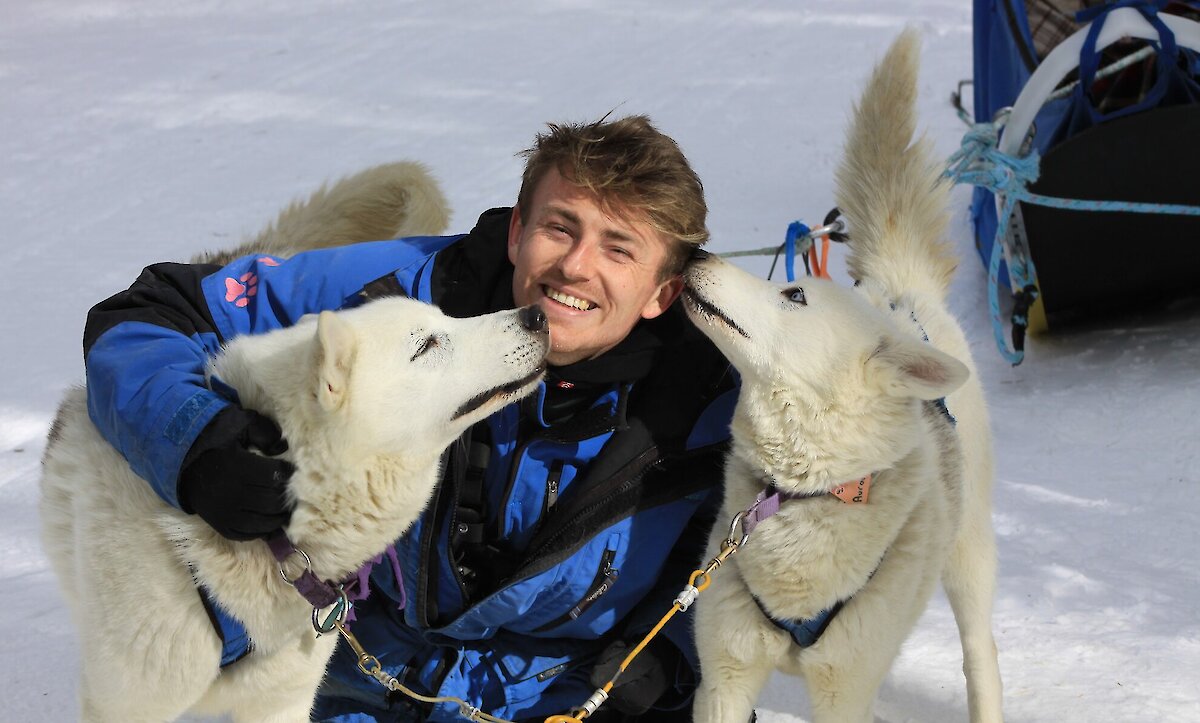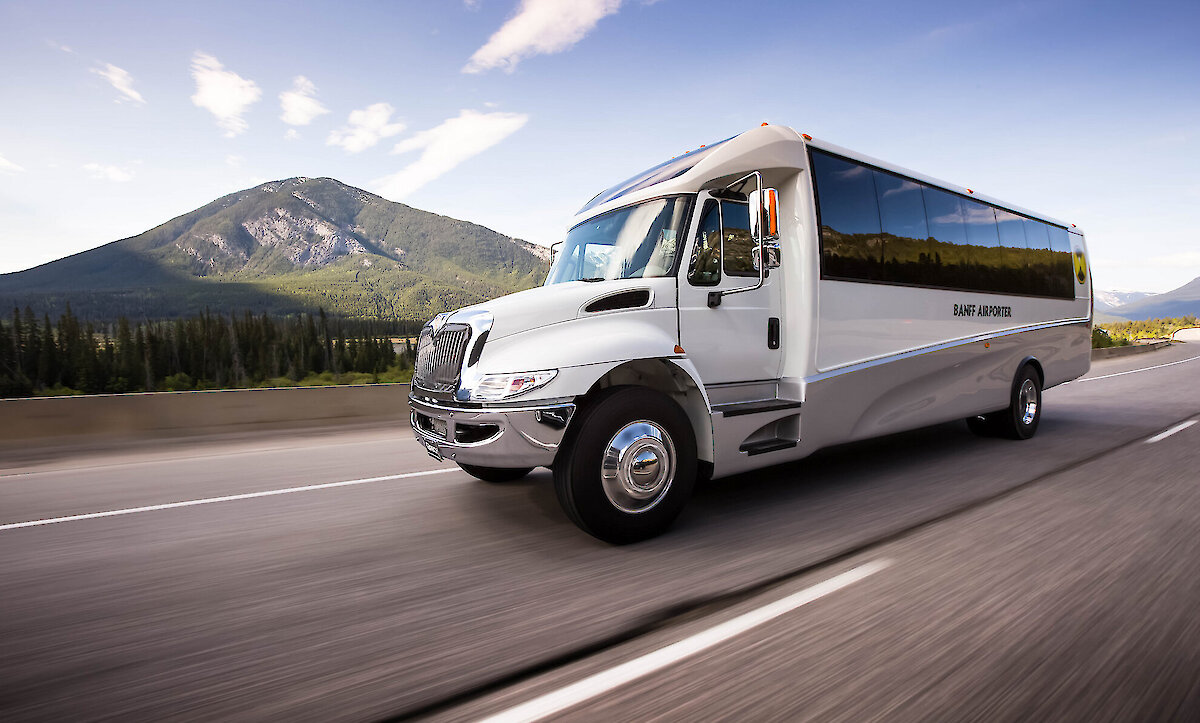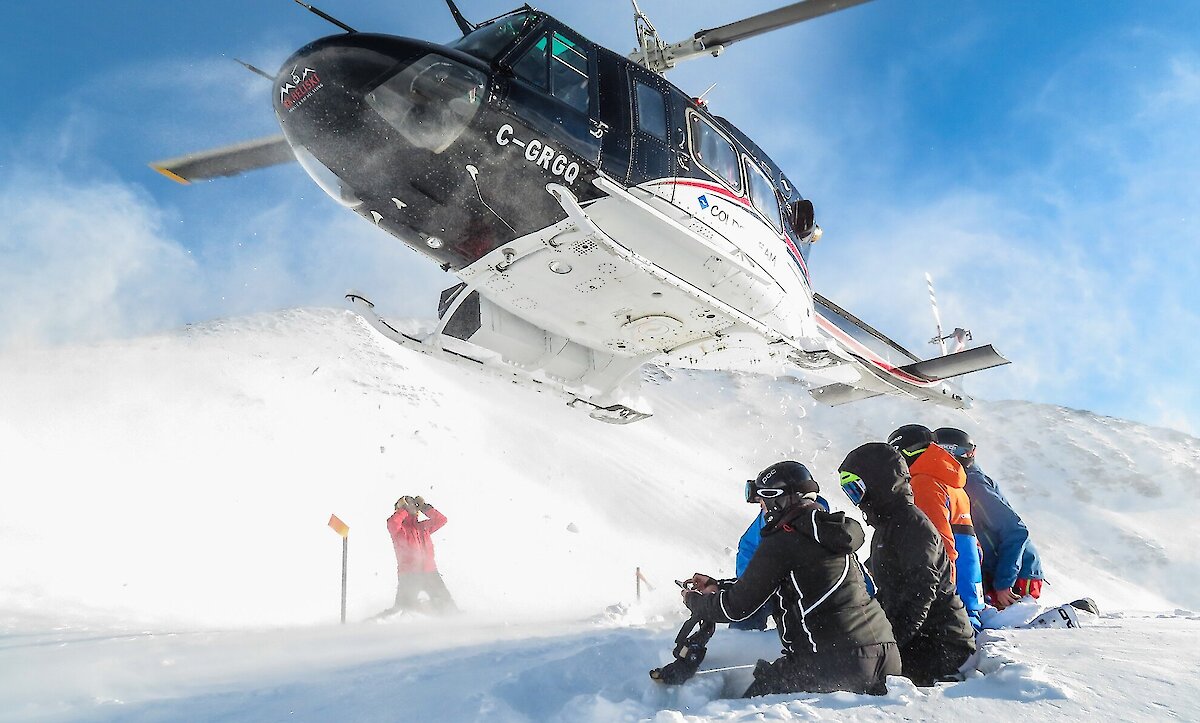Your Guide to Bears and Safety in Banff National Park

If you're coming to Banff and spending some time in the national park to appreciate the wildlife, you've probably thought about the possibility of seeing a bear in it's natural habitat. This is a memorable experience, but you need to know some important facts about bears before going on recreational excursions in the backcountry, or trying to spit wildlife in the park.
BEAR FACTS YOU SHOULD KNOW:
The Bear Population in Banff National Park
There are between 20-40 black bears and approximately 65 grizzly bears that call Banff National Park home. The Park service in Banff is excited and proud to announce that no grizzly bears have died at the hands of humans in Banff, Yoho or Kootenay National Park in 2015. This is a huge victory for bear conservation and will ensure the survival of the species in this area.
The Differences Between Grizzlies and Black Bears
If you come across a bear in the park or in the backcountry it may be useful to know the differences between the two species that live in the area.
Colour: Despite their name, black bears can be blond, cinnamon, brown or even black in colour. Usually a black bear will have chest blaze, a light coloured patch on its chest.
Body Size: Black bears are the smaller of the two types found in Banff National Park. Male black bears can range from 80-150 kg, while the female black bears weigh 45-100 kg.
- Body Shape: Black bears do not have the muscular hump that is a strong feature on a grizzly bear. Their hindquarters also sit higher that their shoulders when they walk.
- Head and Ears: A black bear's snout is longer and protrudes from its face. The profile of a black bear along its head and nose is a straight line. Their ears are quite long and aren't rounded like a grizzly's.
- Claws: The claws of a black bears are ideally suited for climbing tress. They are approximately 3-4 cm in length and are usually a very dark colour.
Colour: Grizzly bears can also have fur in a wide range of colours. So don't be fooled by thinking that a brown bear must be a grizzly! Their fur does tend to become lighter towards the tips.
Body Size: Grizzlies are the larger of the bear species in the park. Male grizzlies can reach a weight of 150-300 kg and female grizzlies can grow to be 80-150 kg.
Body Shape: Grizzly bears dig for their food sources; they develop noticeable muscles that forms a hump in between their shoulders.The hindquarters of a grizzly sits lower than their upper body.
Head and Ears: A grizzly bear has round face and there appears to be a small dip between the eyes and nose. Grizzly bear have wide-set, rounded ears that are quite short.
Claws: Grizzly bear claws are longer than a black bears (generally 5-10 cm) and are very advantageous for digging for food sources. Grizzly bear claws tend to be a light colour but the can be dark with light streaks as well.
*Courtesy to Parks Canada for such valuable information on bears.
Black Bear and Grizzly Bear Diet
A bear's diet changes throughout the year based on the seasons. They roam throughout the park to find the food they need to meet their nutritional requirements. Bears are omnivorous and they will eat variety of foods from prey animals in the park such as deer, elk, fish, even squirrels and other small creatures. Bears will even eat berries, roots and other vegetation when it is available. Information on the eating habits of bears, can keep you safe while you're in the park because you can determine the areas where bears are likely to be looking for nourishment.
Bear Safety Tips
If you are exploring in Banff National Park, or enjoying the beauty of the backcountry in the area surrounding it, there are some important safety tips you should keep in mind to help prevent a catastrophic encounter with a bear.
- Use the marked trails that are monitored by park employees. These areas are usually cleared and bear sightings along these routes are regularly reported for the safety of park guests. If you wander from these paths you may run the risk of surprising a bear in dense trees or foliage. Remember that you should never hike, cycle, ATV or snowmobile in the backcountry alone, always go in groups.
- While you are enjoying recreational activities in the park or backcountry, keep an eye out for signs of a bear nearby such as tracks, scat or freshly killed animals. You don't need to panic if you see indications of a bear, but you should report what you have seen to park rangers and stay on alert.
- Make sure you're heard when you're traveling in bear country. You need to make noise with bear bells, music, singing and talking. Bears stay away when they know that humans are near and that your group isn't prey.
- If you're camping in the backcountry, camp smart, and set up your site properly to ensure you aren't an enticing target for bears. You can do this by keeping your food and cooking activities away from your sleeping area. Bears have an excellent sense of smell and any food carelessly left around may attract them.
- You should educate yourself on what to do if your group encounters a bear. It's also wise to carry bear spray and a hiking pole when you are in bear country, to protect yourself in the very unlikely event that an attack occurs. It's always best to be prepared.
Remember to be respectful of the bears in the park and give them plenty of space. Bears can be incredibly dangerous when startled or if they have young. Keep your distance from bears, report any sightings, come into the park with some knowledge of these animals and you should stay safe in bear country.


